
Sigg – the epitome of utility
Ferdinand Sigg’s aluminium bottles conquered the world. But the Swiss innovator produced much more than trendy drink containers at his plant in Frauenfeld.
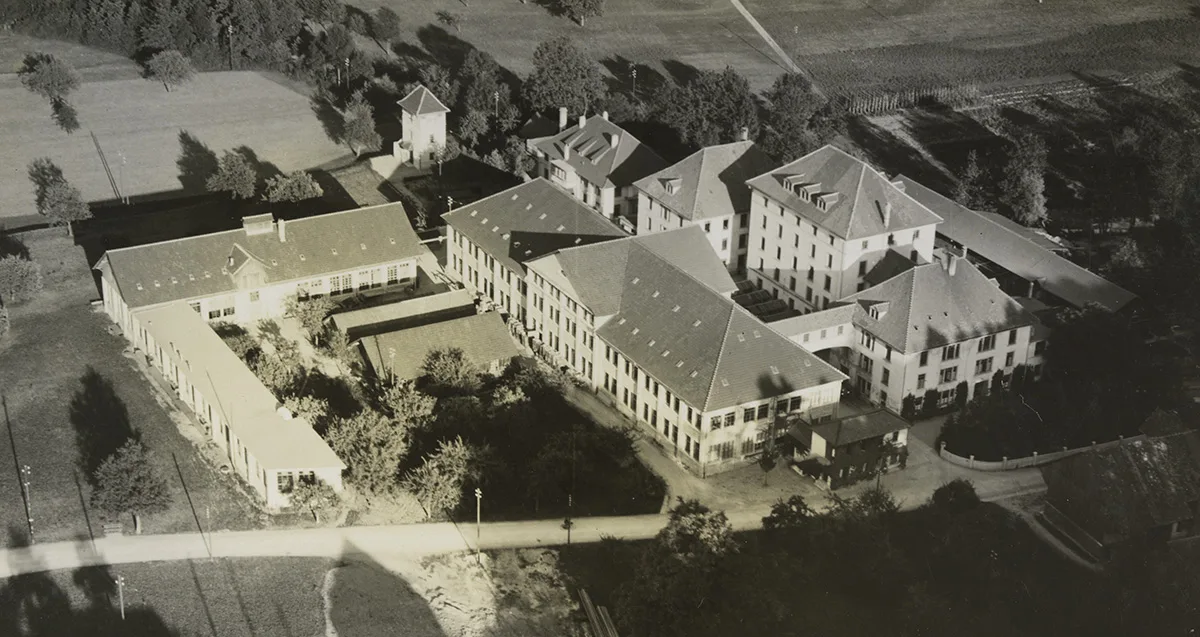
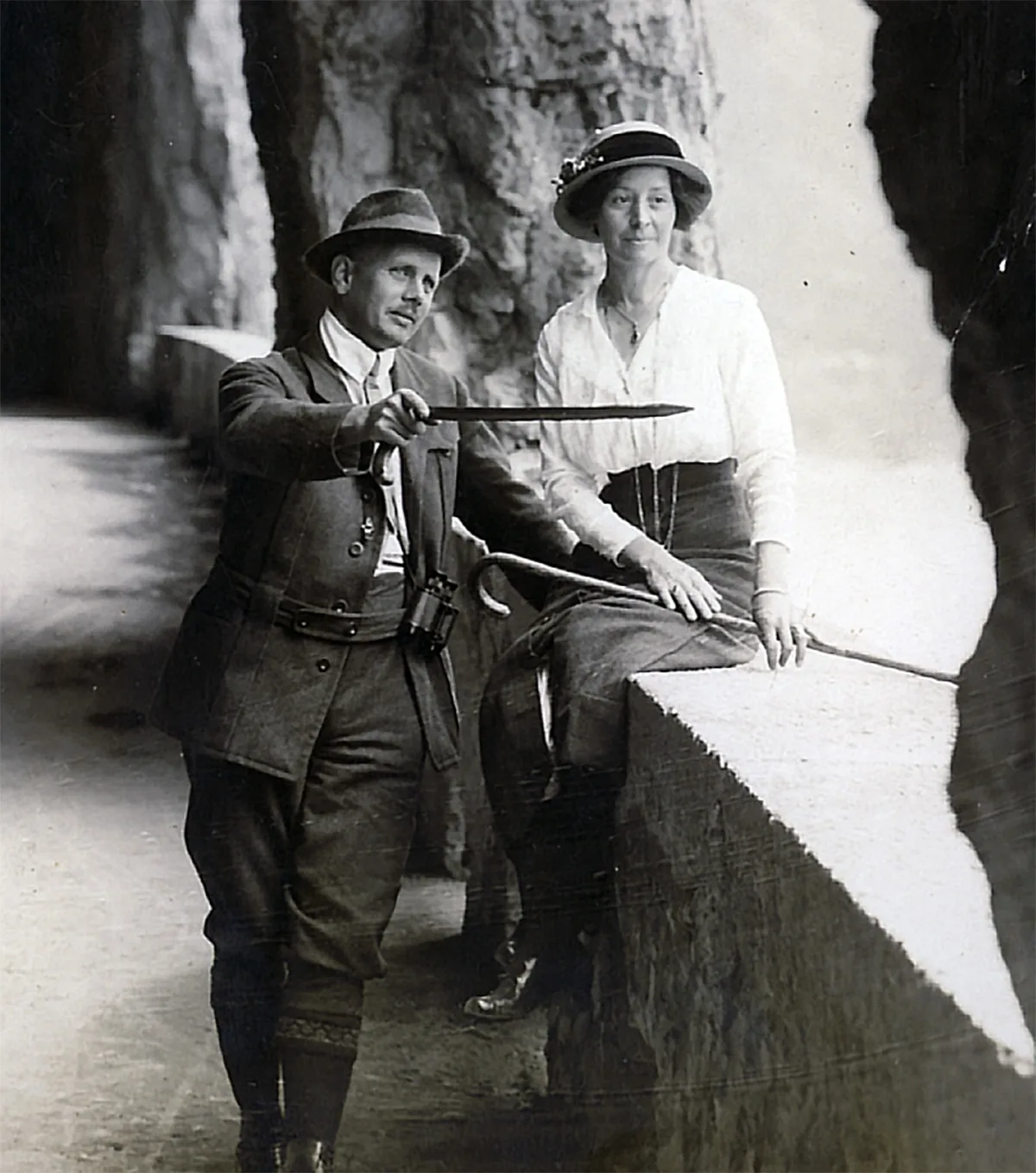
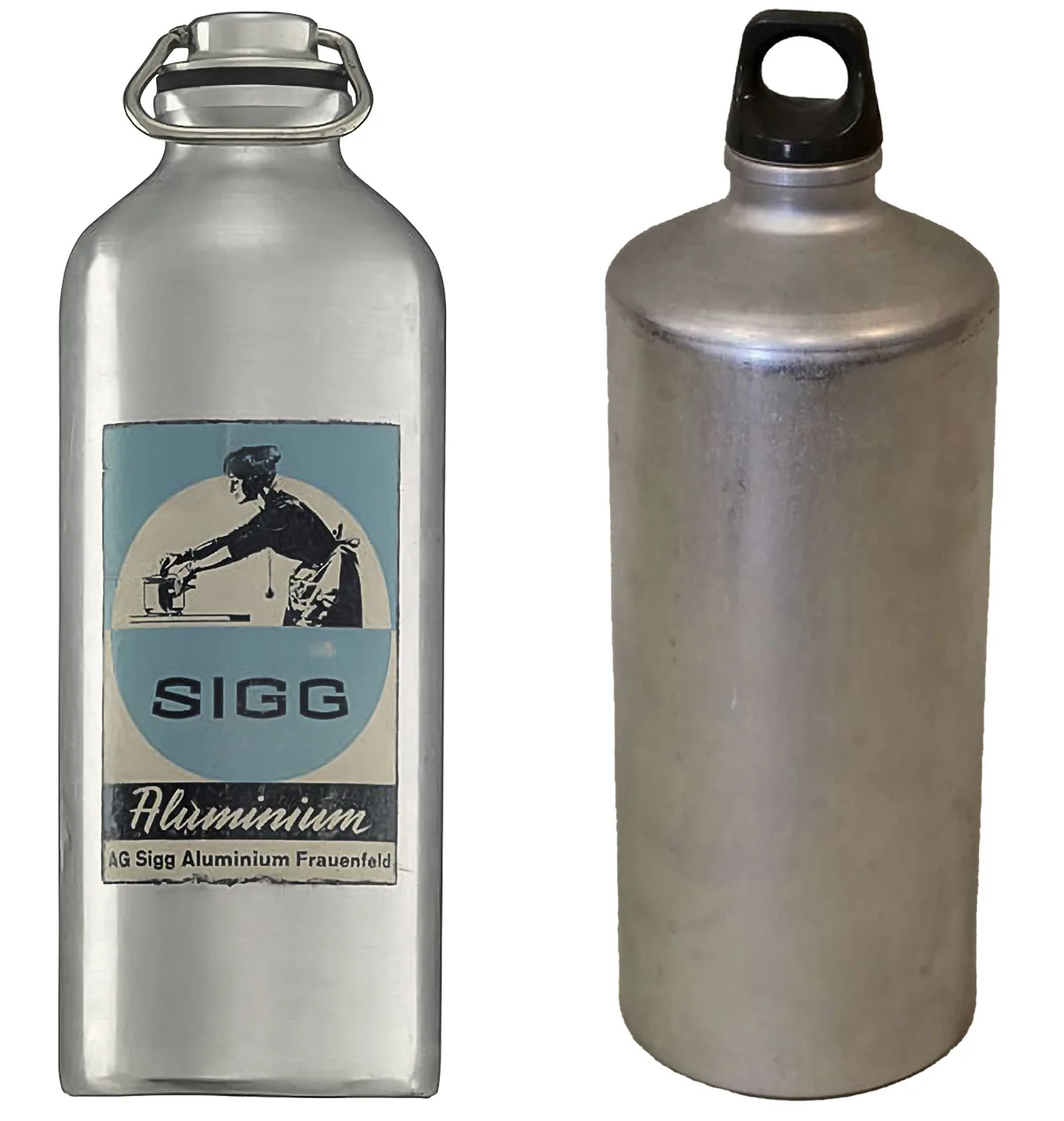

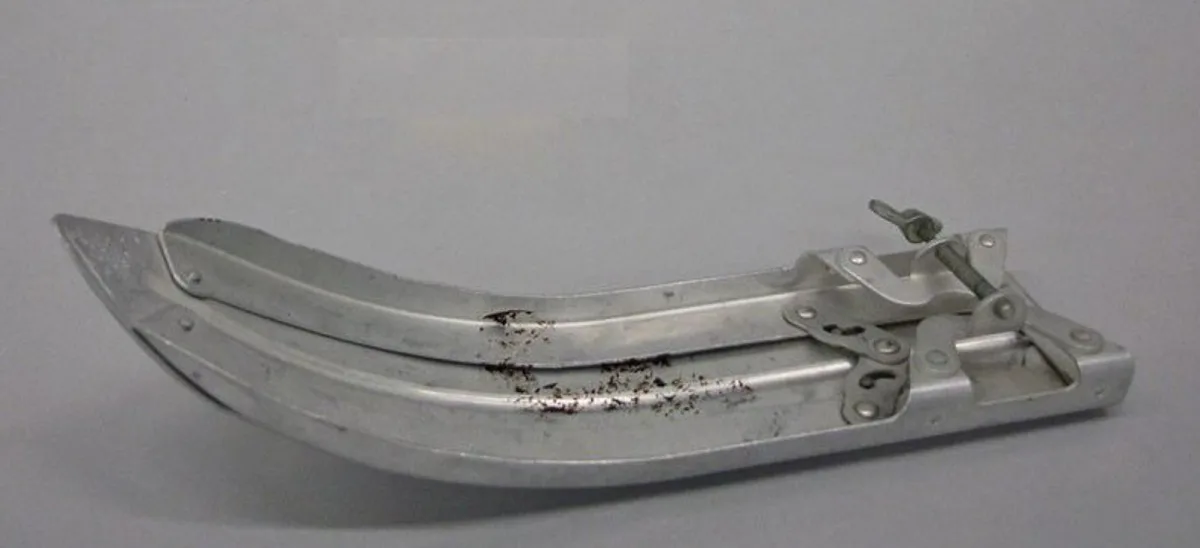
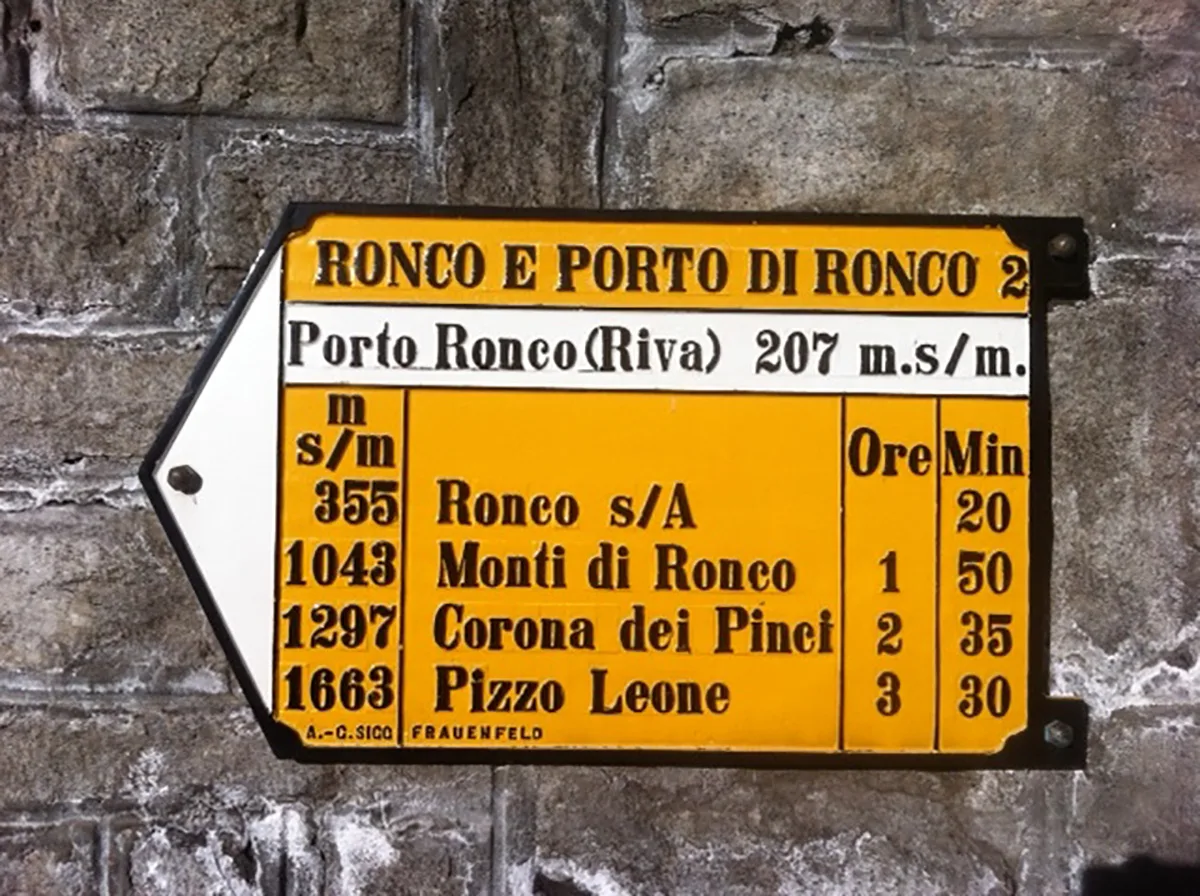
Suspicion surrounding corpse transport

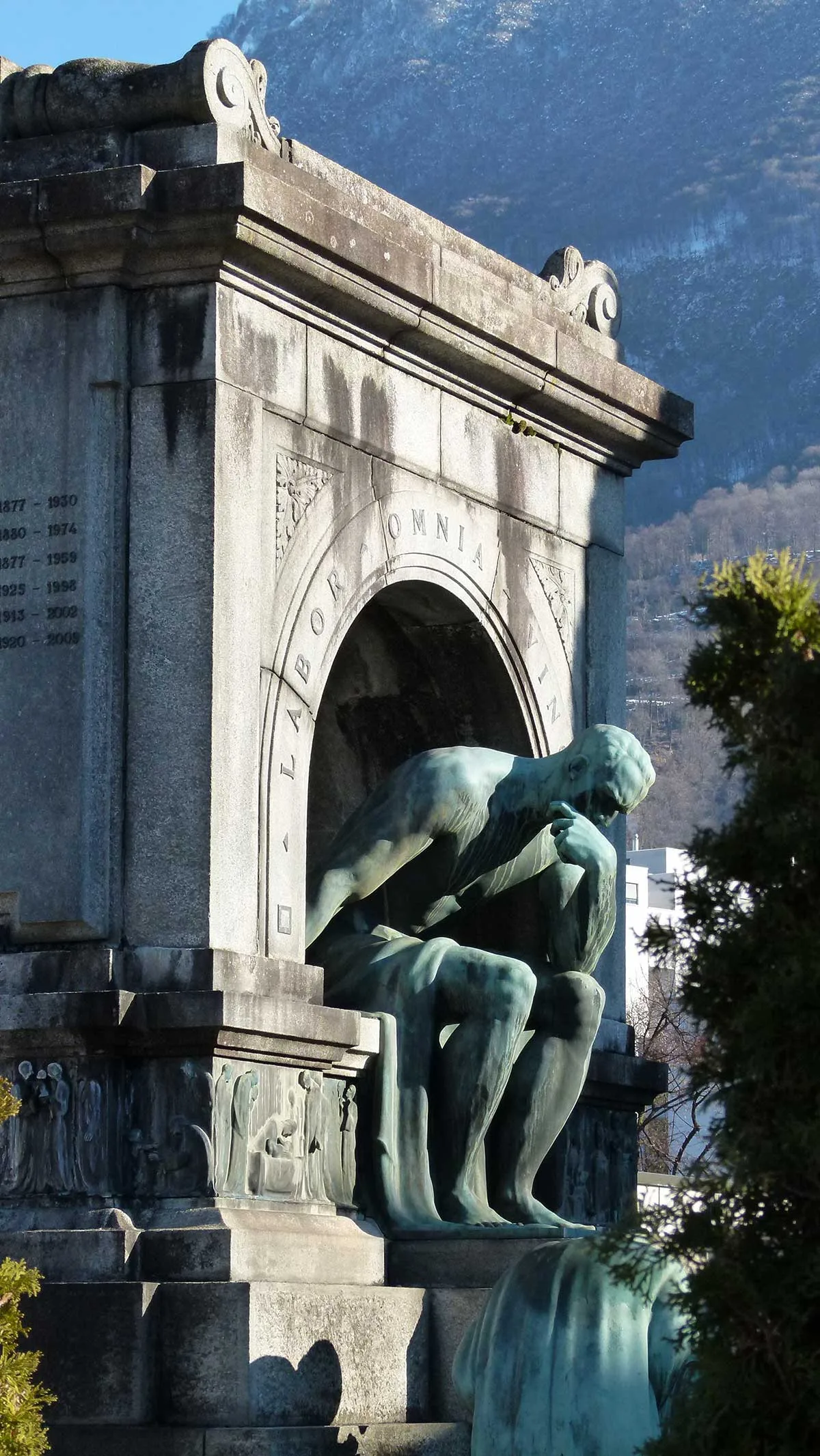

Ferdinand Sigg’s aluminium bottles conquered the world. But the Swiss innovator produced much more than trendy drink containers at his plant in Frauenfeld.







